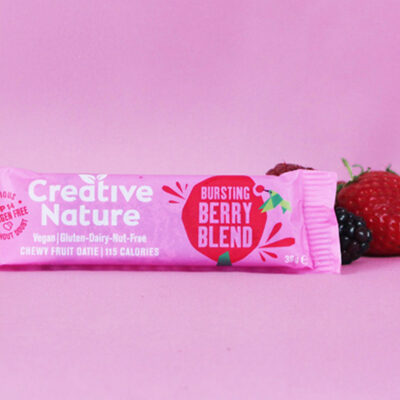
A common gift for Valentine’s Day is flowers – and there’s a whole hidden language of love in flowers too. The red rose is the one most of us know however it’s more complex than that!
In 2018, 40% of people asked simply bought their loved ones a card for Valentine’s Day today. 17% bought a box of chocolates.
Incredibly, we Brits spent over £1.4 billion on greetings cards in 2020, and over 25 million cards are sent on the day each year. 24% of Brits didn’t even celebrate the day in 2021.
The hidden language of love in Flowers actually has a name – Floriography. This has been around since Victorian times, when expressions of love were hidden, and people didn’t openly express their love in public due to the social norms of the time. Instead, lovers communicated their feelings and intentions through flowers – or even jewellery made to look like flowers.
There were even flower dictionaries which someone could refer to, to understand the message that had been delivered in the guise of a bouquet.
In Victorian times, cumin signified fidelity; dandelion, faithfulness and ivy, wedded love. A spider flower was an invitation to elope, a gardenia, meant secret love, a blue hyacinth – you were promising constancy and a yellow one told the person receiving the flower, you were jealous.
What message can you send with flowers this Valentine’s Day?
9 Flowers of today and what they symbolize:
- Peony – romance, beauty and elegance.
- Rose – conveys undying love, ardour and passion. Red roses are considered the most romantic.
- Tulip – perfect love.
- Carnations – Fascination and distinction. Lighter red shades convey admiration, and darker shades mean deeper feelings of love and affection.
- Orchid – suggests, refinement, love, luxury, beauty and strength.
- Daffodil – unparalleled love.
- Violet – faithfulness, affection, intuition and love.
- Lavender – devotion.
- Myrtle – love
Jewellery, is also the perfect present for Valentine’s Day, with the most obvious choice of presents being heart-shaped pieces of jewellery.
Also, jewellery in the Victorian era reflected romance, using sentimental symbols, such as hearts, flowers, lovebirds, ivy, angels, babies, knots and buckles, bows and rope to suggest binding love.
Popular rings at the time were REGARD and DEAREST rings, which had stones set into the gold representing each letter of the word.
For example; Ruby, Emerald, Garnet, Amethyst, Ruby Diamond – spelling Regard.
Or, Diamond, Emerald, Amethyst, Ruby, Emerald, Sapphire and Topaz – spelling Dearest.
Heart-shaped lockets were also very popular.
What do you buy for your partner for Valentine’s Day? Flowers, chocolates or jewellery?
 Login / Register
Login / Register  Contact / wholesale enquiries
Contact / wholesale enquiries





